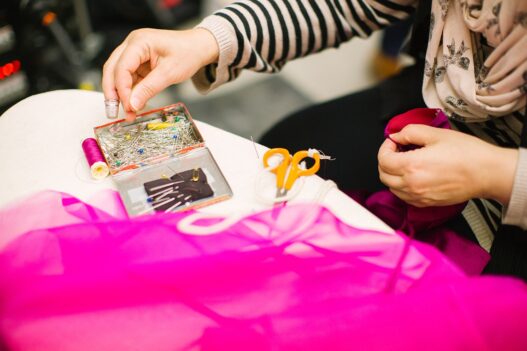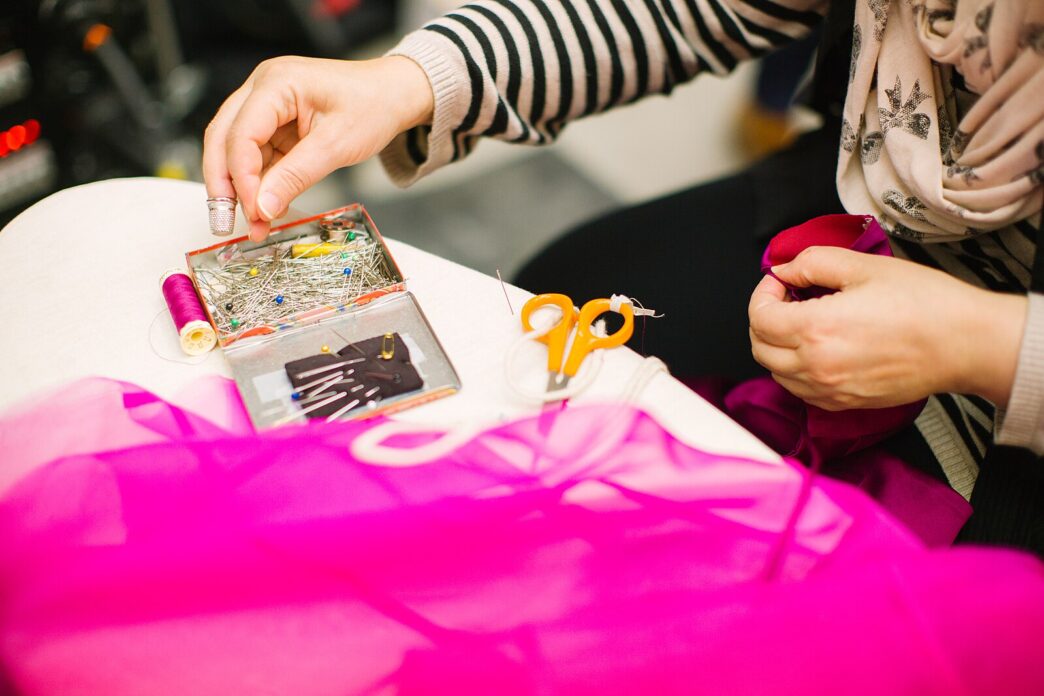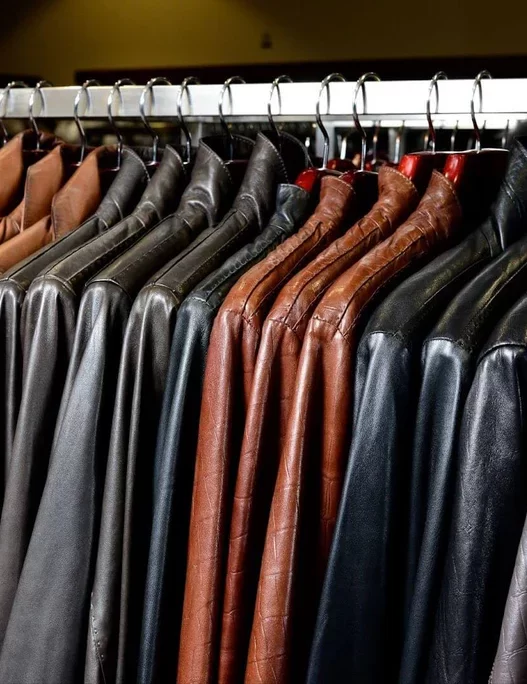Fashion has always known how to take credit. From the myth of the singular designer genius to the pantheon of protected trademarks and luxury empires, the law has served as fashion’s tailor, cutting the cloth of authorship, ownership, and legitimacy. But a conspicuous absence lies behind every Karl or Kanye, behind the It-bag, the silhouette, and the patented pleat. She who sews does not speak. She who stitches does not sign. In its imperial elegance, the law has never learned to see the seamstress.
This is not simply an oversight. It is a design feature.
For centuries, the legal architecture around fashion, particularly in intellectual property and labour regulation, has been tailored to fit the glamorised apex of the creative pyramid. It shields the designer while ghosting the maker. The result is a system that romanticises artistry while rendering the industrial, feminised, radicalised labour beneath it legally invisible. In this house of mirrors, fashion law performs an exquisite trick: it makes things, and the people who make them, disappear.
To trace the legal genealogy of fashion, follow a thread that begins in Parisian ateliers and ends in collapsed garment factories in Dhaka. It is to ask why the law grants authorship to the sketch but not to the hands that materialise it; why it is so quick to copyright a logo, yet so slow to guarantee a living wage for the woman who embroiders it into being.
Fashion knows how to frame a masterpiece. The law decides who gets to sign it.
A Brief Legal Genealogy of Fashion
As it exists today, fashion law is a tapestry woven from omission. In its earliest European, aristocratic, masculine threads, it crowned the couturier while disregarding the collective. The legal story of fashion did not begin with fabric, but with form: who could claim it, own it, and whose creativity counted as property. Unsurprisingly, the answer has rarely included the working woman with a needle.
The modern legal treatment of fashion, particularly in Anglo-American jurisdictions, has long flirted with ambivalence. Unlike music or literature, fashion design is often excluded from strong copyright protection. Courts deemed it too functional, ephemeral, and difficult to fix in time. Yet when protection has been granted, it has overwhelmingly favoured the abstract designer and rarely the embodied labourer. The hemline could be owned, but not the hands.
This legacy is not neutral. It is inherited from a tradition that conflates authorship with singularity, ownership with genius, and value with visibility. Haute couture, with its signatures and salons, was easily folded into intellectual property frameworks that prized originality. Meanwhile, all collaborative, feminised, and often non-Western tailoring, embroidery, handloom weaving, and mass garment production remained outside the margins of legal recognition.
Colonial legal systems compounded this disparity. In South Asia, Africa, and Latin America, artisanal textile traditions were extracted, devalued, and legislated against, all in service of imperial economies and European aesthetic standards. The law did not merely fail to protect these traditions; it actively dispossessed them, cloaking expropriation in the language of civilisation and trade.
Even today, the ghost of these legal colonialist tendencies persists. Western designers are praised for “reviving” silhouettes or “reimagining” indigenous motifs, while the communities that originated these forms receive neither credit nor compensation. The law, ever loyal to the archive of the powerful, sanctions this cultural laundering as innovation. It sees the idea but never the ancestry.
What emerges is a legal genealogy that privileges the sketch over the stitch, the signature over the sweat, the myth of solitary genius over the reality of collective creation. In its current form, fashion law is not merely insufficient; it is exquisitely complicit.
Stitching Labour into the Narrative
To speak of fashion without labour is to narrate a garment without touching its thread. Yet that is the silence law enables: a disappearance so systemic and elegant that it passes for design. Garments emerge in legal discourse fully formed: cut from concept, untouched by human hands.
At the root of this vanishing act lies a hierarchy of value: the mental over the manual, the idea over its execution. Intellectual property regimes reward abstraction but ignore materiality. A sketch is protected; a stitch is not. Logos are defended across borders, but the rights of those who embroider them barely survive the shop floor. Labour law offers little resistance. In the fragmented theatre of global supply chains, the worker is a legal afterthought. Seamstresses are not employees but “contractors,” “informal help,” “family labour.” Their presence is economic; their legal existence is spectral. This invisibility is not gender-neutral. Fashion’s global workforce is overwhelmingly feminised; defined by nimbleness, compliance, and disposability. In legal imagination, the woman sewing in her home is not a worker but an extension of domesticity. Her skill is devalued—her exhaustion is undocumented.
To stitch labour into the fashion narrative is to dismantle this illusion. It is to insist that beauty is not born solely in the mind but in muscle memory, repetition, and fatigue. The garment is not an idea. It is a collaboration of flesh. A feminist reimagining of fashion law must begin at the source: not the runway, but the workshop. It must recognise making as authored labour, not mechanical output. The seamstress must no longer be the backdrop. She is the author, too.
There is no fashion without her. Only it is an illusion.
Across the industry, this hierarchy of recognition plays out with brutal consistency. Dior’s “We Should All Be Feminists” T-shirts were stitched by underpaid women in factories far from the Paris runway. Chanel’s Métiers d’Art collections rely on exquisite artisanal labour, which is often subcontracted and barely credited beyond a post-show mention. Fast fashion giants like Shein and Zara churn profits from anonymous labour, while even brands touting “sustainability” seldom name their makers. The narrative of fashion remains tightly stitched to the myth of creative singularity. Meanwhile, the hands behind the seams remain unprotected, unacknowledged, and legally unrepresented.
Rewriting the Pattern
Reimagining fashion law is to pull at this loose thread. It is to draft a jurisprudence that sees not only silhouettes and symbols but also the bodies that make them possible. It means disrupting the designer-as-deity model and recognising collaborative authorship across factory floors, family homes, and cultural lineages.
Such a framework must centre labour as legitimate creativity. It must integrate IP regimes with ethical labour standards, challenge Eurocentric definitions of design, and expand the legal understanding of authorship to include the act of making. It must ask not just who owns the design but also who made the garment and what they are owed.
Fashion law has long served glamour. It is time it served justice.


















